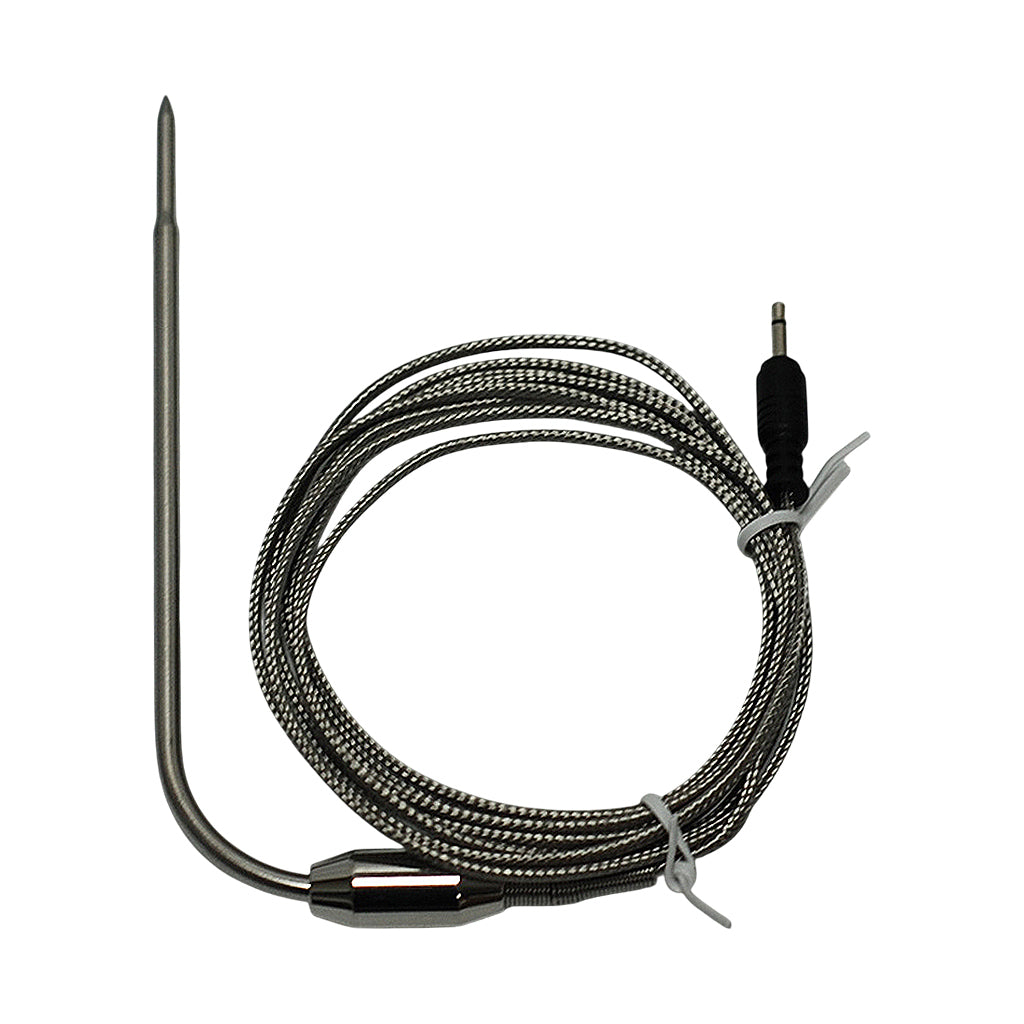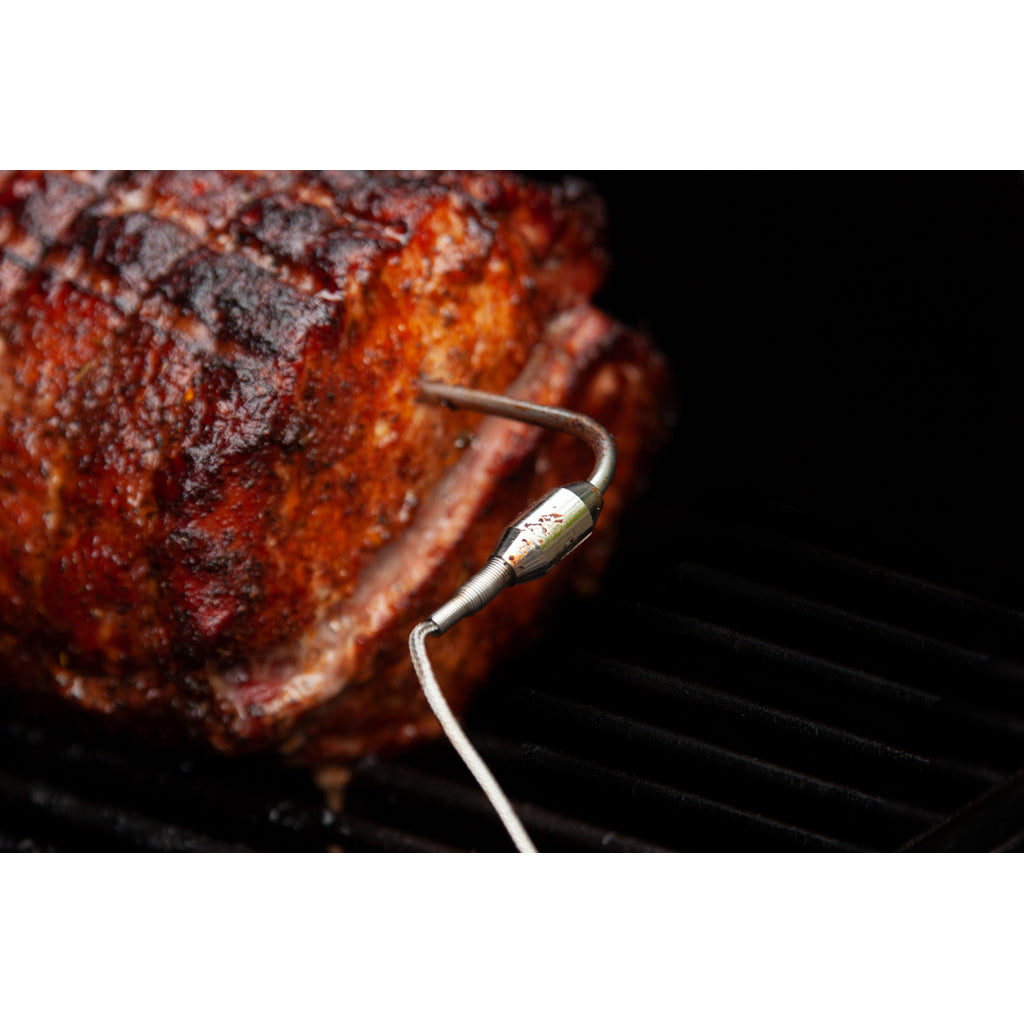

FireBoard Thermistor Food Probe, SF311T
Local to DFW? You can also pick up at our Denton retail store — get directions →
Beat the rush! Order now to get your gear before Christmas Eve — it's 18 days away.
Frequently Bought Together

FireBoard Thermistor Food Probe, SF311T
For 20 years, we’ve helped grillers get the most out of their ceramic grills with racks and accessories that fit right and built to last. Whether you're a seasoned pro or just getting started — if you have questions about fit, features, or what you really need, we're here to help
-
Have a Question? Give us a call
Whether you have questions about fit, compatibility, or just want a recommendation, we’re here to help - and yes, you’ll talk to a real person who knows a thing or two about kamado grills.
📞 Call us at 940-387-0100, or 📬 send us a message.
-
Fast, Reliable Shipping
Most orders ship out same or next business day. And, shipping’s on us for orders over $99.
Live in the DFW metroplex? Swing by and pick it up in-store — we’ll have it ready. Our retail store is located in Denton.
📌 Get directions -
Tips & Resources
New to kamado cooking or just looking to up your BBQ game? Our guides, gear breakdowns, and how-tos will help you get the most out of your setup.
Check out the Pitmaster's Playbook
Product Description
Provides accurate temperature readings in meat and food. Inserts easily with the sharp tip.
 No matter what controller you use, we recommend keeping an extra set (meat & pit) probes handy. Even though they are protected by metal sheathing, all probes are considered consumables and won't last forever. Simply, they take a beating from us inadvertently over bending and twisting them and exposure to excessive heat. Last thing you want is to set up for an early morning cook only to find a probe crapped out. Trust us on this recommendation.
No matter what controller you use, we recommend keeping an extra set (meat & pit) probes handy. Even though they are protected by metal sheathing, all probes are considered consumables and won't last forever. Simply, they take a beating from us inadvertently over bending and twisting them and exposure to excessive heat. Last thing you want is to set up for an early morning cook only to find a probe crapped out. Trust us on this recommendation.
Probe type:
- Temperature Range: 0 to 572°F (-18 to 300°C),
- 6 ft. cable length,
- 5 in. long probe,
- 90° angle,
- 4mm. diameter probe
- Type 100K Thermistor,
Note, The Thermistor Type (100K) has nothing to due with temperature and everything to do with how the probe senses temperature. It's more about 'how it works'.

